Turkish dizi as a global phenomenon
Where and why is it so popular? Discovering main narrative concepts of Turkish soap operas





Some time ago, the world was flooded with Latin American soap operas. Now, Spain and Latin America are experiencing a boom in Turkish television series, so called dizi.
Dizi are sweeping epics, with each episode usually running to two hours or longer. Every dizi has its own original soundtrack, and can have up to 50 major characters.
Since the early 2000s, Turkish TV series' began being exported to international markets and have so far been broadcast in almost 150 countries on four continents.
The content that first gained popularity in the Middle East and Balkans was then licensed in former Soviet countries, Russia, the Baltic, Scandinavia, Central Europe, Latin America, Southeastern Asia, the United States - notably Spanish-speaking TV channels - and Africa.
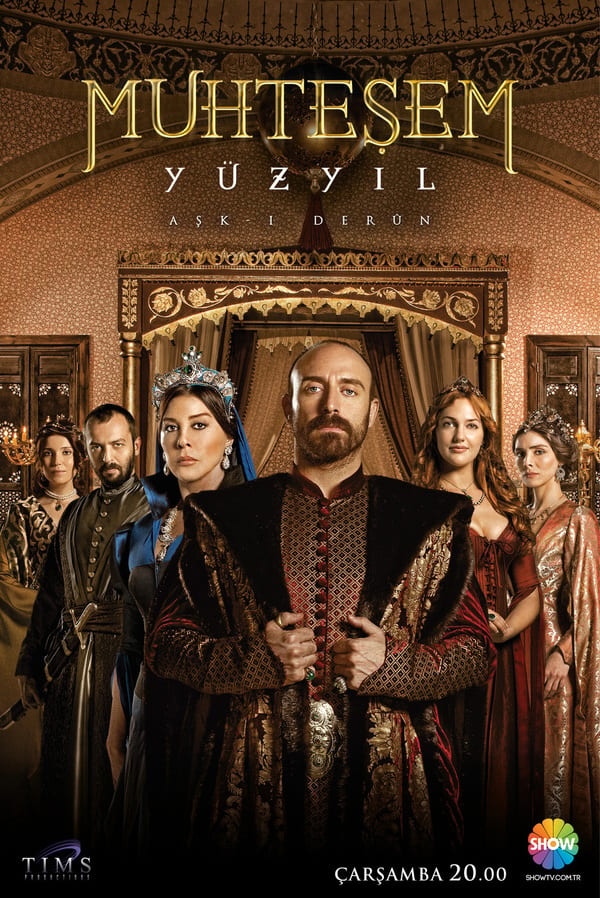
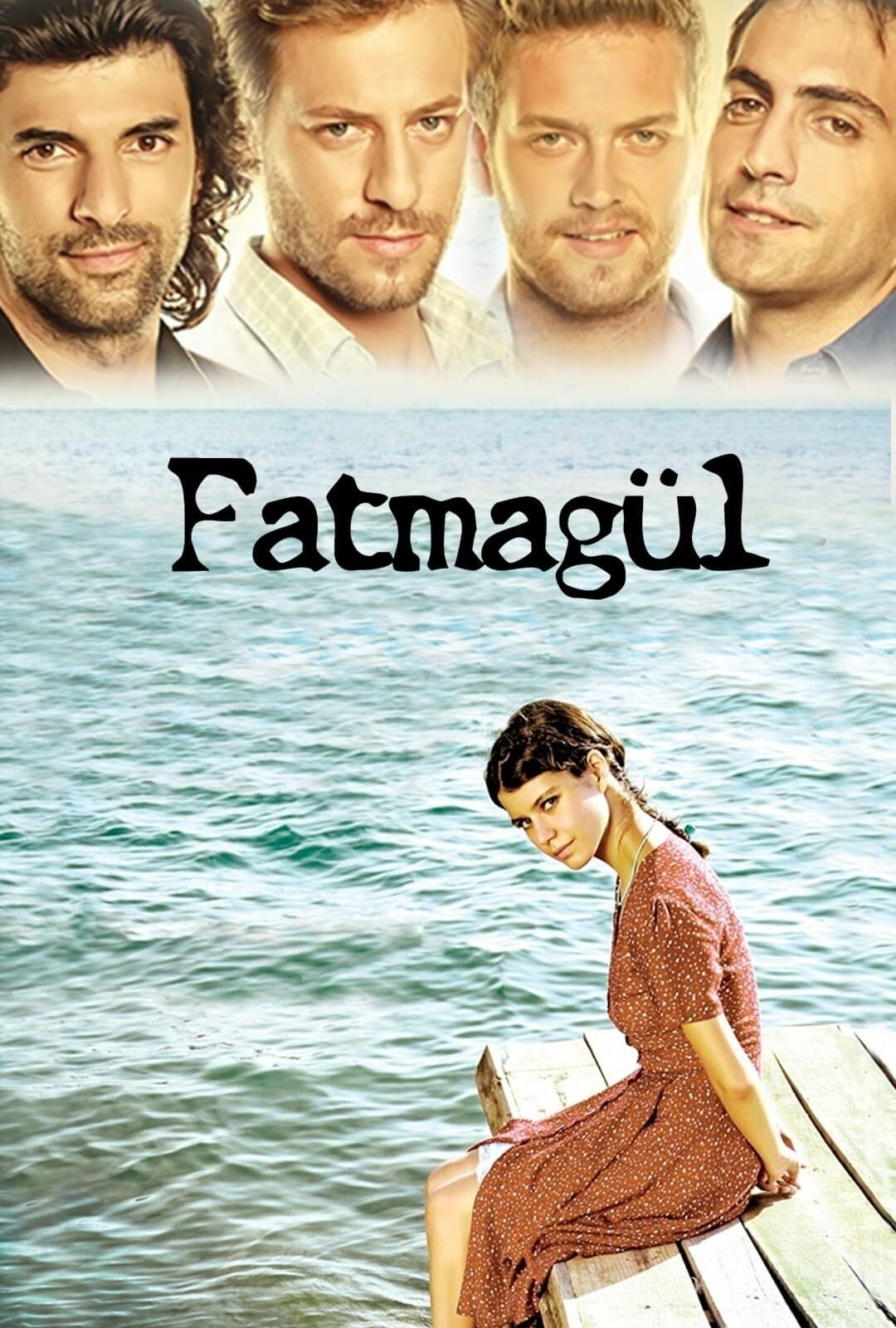

Most viewed dizis worldwide, rated by IMDB


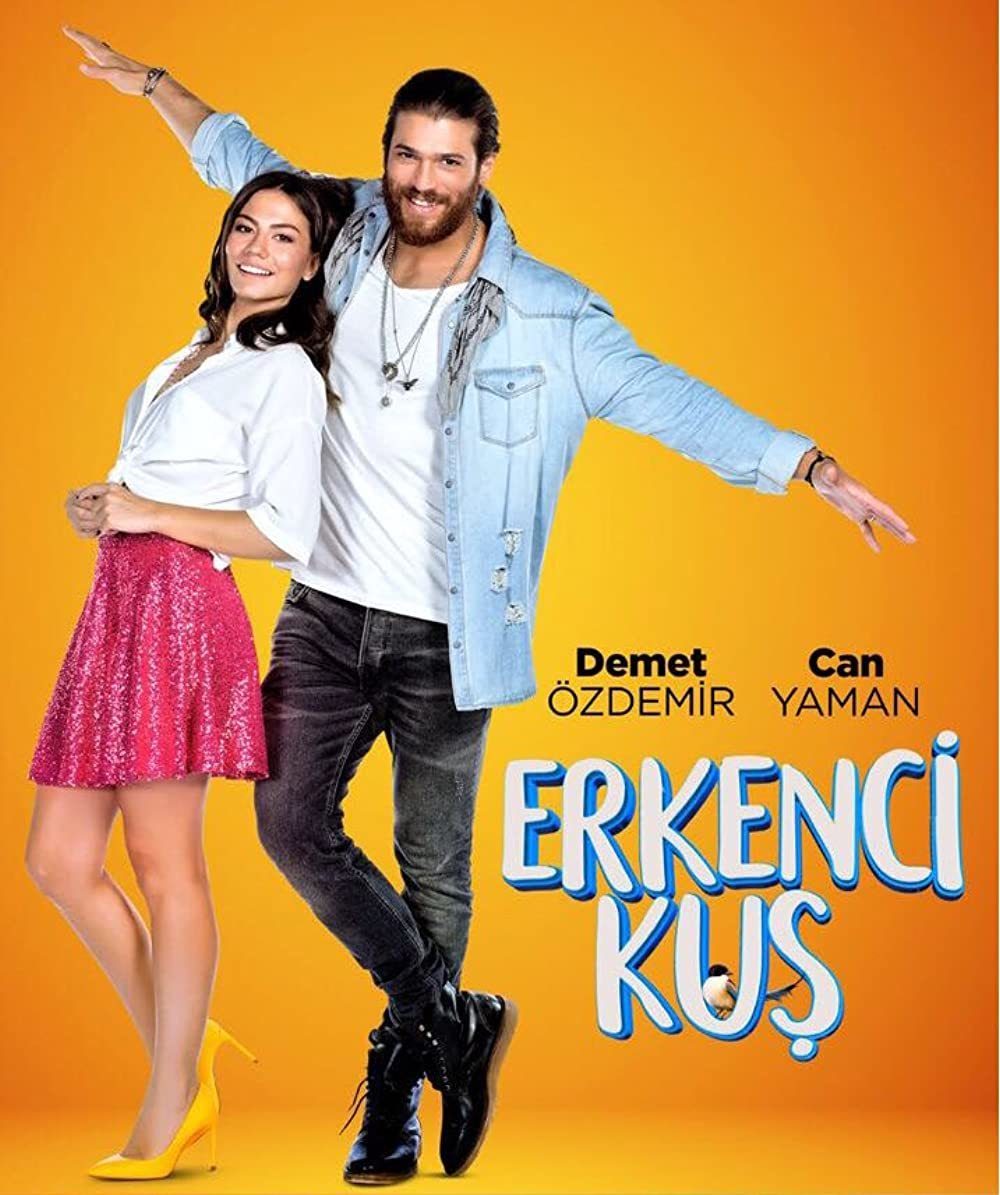
Top-20 most popular Turkish TV series have 7.4 points out of 10 as an average rate. IMDb is the world's popular and authoritative source for movies, TV and entertainment content. Worthy to notice, it's an open resource, where all the users can leave a review and rate the series.
One of the users says:
From a modest $100,000 in 2008 to $500 million in 2020, Turkey became the second-largest exporter of TV content, surpassed only by the U.S.
”I feel like we are living in a united world with our Turkish brothers and sisters, and this is why the characters of the dramas have become adorable family members to every household”
Where are the Turkish dizi lovers from? EXPORT DATA SHOWS
What do the media say?
Many local media worldwide have noted the fact of Turkish dizi's success. In the articles they try to investigate its popularity, using cultural knowledge.
While some of the articles outline more technical points as a "solid story structure" and "epic storytelling style". However, most of them represent more narrative reasons, formulating them in certain values of Turkish dizis broadcast. Let's call them narrative concepts.

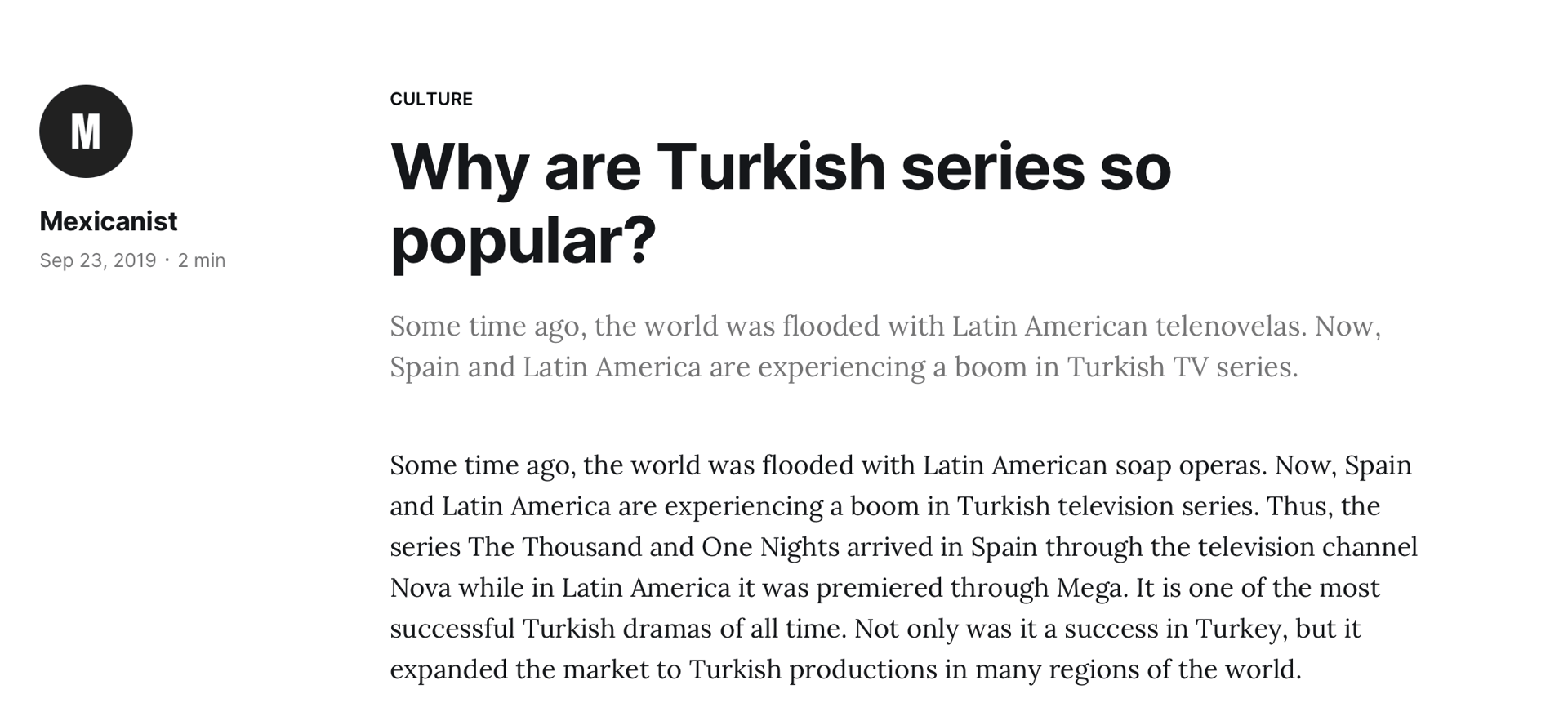

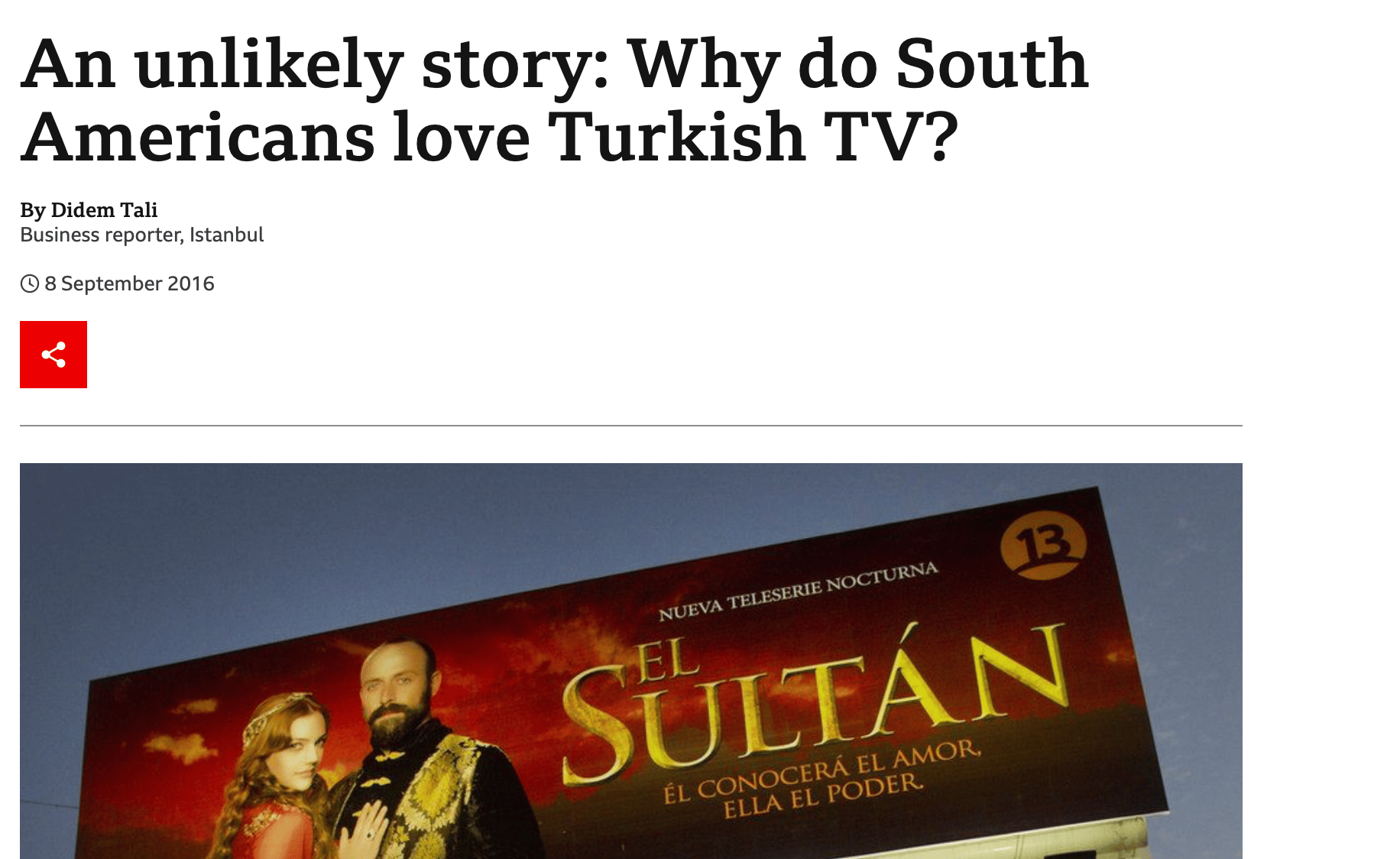


In 30 overviewed articles published between 2012-2022 most common narrative concepts appeared are Love, Family, Tradition. However, there are much more noticeable once such as Poverty, Migration, and Domestic Violence.
Narrative concepts revealing the popularity of Turkish dizi
Apparently a top reason for the success of Turkish dramas is the cultural proximity between Türkiye and the list of countries where they are popular the most in the Middle Eastern, Central Asian, African and South-American regions. Traditions, culture, and the handling of social issues see a lot of overlap.
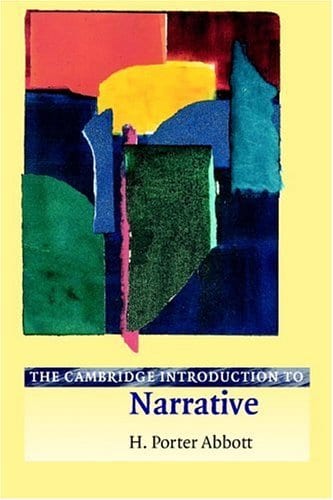
Porter Abbott: “Narrative is the representation of events, consisting of story and narrative discourse, story is an event or sequence of events (the action), and narrative discourse is those events as represented.
Written By Aidai Zulumova
Ankara University, 2022